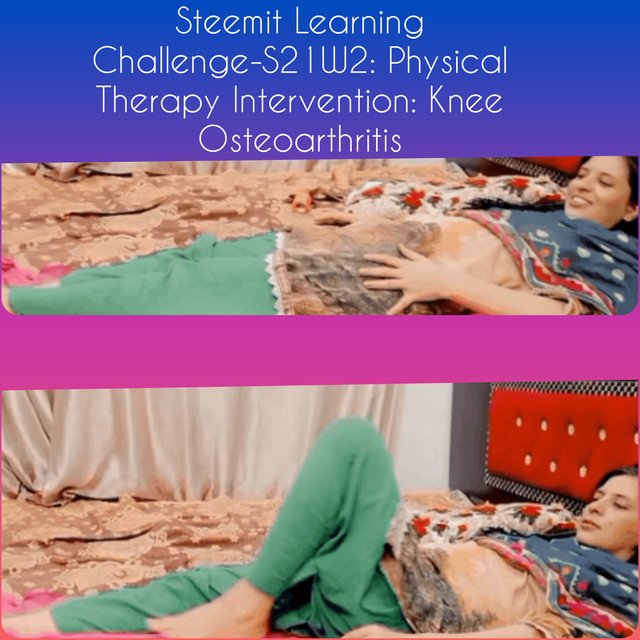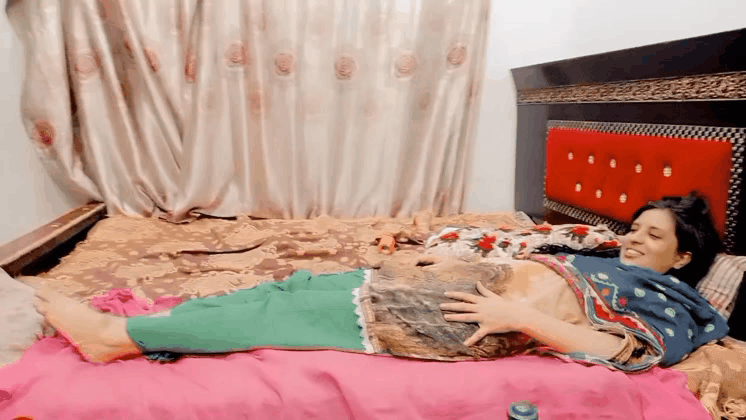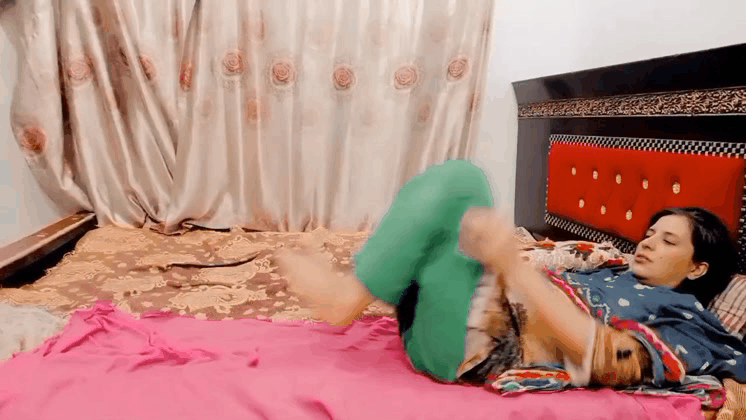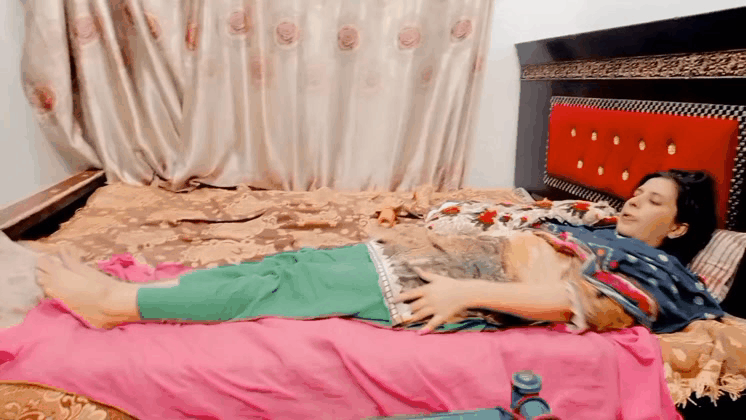Steemit Learning Challenge-S21W2: Physical Therapy Intervention: Knee Osteoarthritis
Hello friends
I hope you are great, I am here to take part in learning challenge and the topic is very beneficial for learning Steemit Learning Challenge-S21W2: Physical Therapy Intervention: Knee Osteoarthritis.

What's knee OA? Write in your own words after getting knowledge from the lesson post.
In simple words Knee OA means this is a progressive degeneration of the joint as well as along with that they are in breakdown of cartilage.
And we know when there is damage through any joint that can lead to decreased normal movement of the joint leading to pain and hard joints.
Sign and symptoms
So whenever there is degeneration of the joint lead to pain and when a person is using it more it will get worse with movement.
One term which is more commonly used morning stiffness which means that when the patient wakes up her/his joints remain stiff or less than 30 minutes and with the passage of time when he/she start using joints her stiffness reduced.
With an increasing grade of disease the range of motion will decrease for example unable to climb up stairs.
When range of motion is going to be less it leads to swollen joints. In the long term late to deformity of the joint.
There is a grading system to see the progression of the disease it is from grade 0 to 4. This is one of the most commonly used reading systems which is called Kellgren Lawrence grading.
Worldwide this is one of the easiest ways to check the severity of the joints.
Grade O
This is pretty good there has not changed in the joints.
Grade 1
There is a very Minor change that leads to two joints coming more close and leading to narrowing of the space between two.
Grade 2
The joint is already narrow along with that osteophytes formation occurs.
Grade 3
Now changes continue to progress with the narrowing of the joint which is causing more pain with osteophytes formation. And with that below chondrocytes sclerosis starts formation and that is causing joints to be more hard and with that pain.
Grade 4
All the previous things continue to progress now the worst things which are cyst formation occurs thats the reason of effusion in the joints.These cysts may rupture.
There are many factors which are the reason for it for example middle age women and diabetic with obese women, RTA or any trauma to joint.
How would you diagnose a knee OA? Any clinical investigation or assessment tests?
This is not a single test diagnosis disease you must go through various studies clinical experience along with that many imaging and other blood tests needed to confirm diagnosis.
First of all you must know the proper history of the patient is there any history of road traffic accident or any trauma to particular joint you must know the sovereignty of the pain whether the patient is able to do daily activities or not along with that family history is the key to know.
Once you got the history now you are able to do the examination to see what are the changes in the joints and which grade they are suffering from.
On inspection we just can see the joint visibility along with whether it's swell or not.
Then most important things which you need to assess is range of motion like all different angles we see the patient movement for example that extension flexion internal rotation external rotation.
One of the tests which is called Apley's test is to check the meniscal tears. Many type of others test are also performed to check meniscal tear.
The very first test is x-ray as I already mentioned in my last post as well to check any type of joint is broken spaces not increase or decrease.
MRI
If x-ray is normal and still patient is complaining and then you must need to go amrite to check whether is there any soft tissue injury.
CT
When you see on the X-ray there is bone deformity or fracture then you must undergo the CT scan to check bone alignment.
There are most important blood test which you must need to do is simple CBC to check WBC if it is raised means inflammation.
ESR to see inflammation it is usually recommended CBC with ESR.
CRP and some clinically expert doctor even by clinical assessment they take the joint fluid which is called synovial fluid to assess don't disease.
Diagnostic criteria
For confirmatory diagnosis you must know the clinical symptoms what kind of pain range of motion is normal or not patient is performing daily activities or not then you must undergo x-ray MRI and CT scan.
Along with that the blood test and synovial fluid.
There are also some other diseases which also mimic the same just as knee osteoarthritis. RA septic arthritis and meniscal tear.
Try to practice at least 4 exercises that you have learned from the lesson. Share images, gifs or videos while practising.
Calf & Hamstring Stretch
I found this exercise really good, my muscles were tight and I thought it would relief me, yeah I am comfortable now.

William Flexion (Knee to Chest Exercise)
I felt stretch on my hamstring muscles. Thank you for this exercise I am relaxed and easy now.

Knee Isometrics (Knee Flexion)
It was for strengths of knee muscles, waoo how good it was with exercise I felt very good.

Heel Slides
Heel slides improve calf muscles and increase knee flexion. I found this exercise too effective.

Share your review after performing these exercises either on healthy individual or patient.
I have experience it on myself, I found it effective because after long time of bed rest I felt I need stretching etc so that I can feel better, With little practice I was able to do it very comfortable and relaxed.
Thank you @ashkhan for given this opportunity I really found it effective.
Its all about my today's post.
@m-fdo, @mdkamran99 and @jannat12 to take part in the challenge.
Thank you for understanding the lesson and sharing your assignment; I hope that you will enjoy this week's lesson and try to implement it in your life if you see any such case.
Observations
Task 1 (2.9/3)
You have shared a great knowledge about knee osteoarthritis and it's stages or grades. But you have to add the types of knee OA too to better explain this to other users. I appreciate your effort.
Task 2 (2.8/3)
In the second question, you tell us about how you assess the patient with knee OA by doing the physical examination, history taking, investigations, and special tests to assess meniscal tears. That's a good point if you add a special tests to add wear and tear around joint. Great.
Task 3 (3.9/4)
You try the heel slides, calf & hamstring stretch, William Flexion ( knee to chest exercise), Knee Isometric ( Knee flexion ). While performing calf & hamstring stretch try to self stretch by any band or cloth to increase stretch to hamstring. Remember always apply heating pad before performing these exercises. I appreciate your efforts.
Overall you made a good attempt to answer all the questions. I appreciate your efforts. But next time try to avoid the above written suggestions. Keep learning and try to implement your knowledge to the people suffering from any knee Osteoarthritis. Thank you.